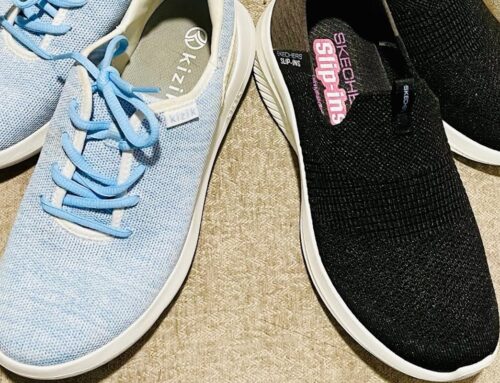Hands-free shoes for kids are an innovative and practical option that addresses several challenges parents face, making daily routines more efficient and comfortable for both children and caregivers. These shoes, designed to be easy to wear without the need for laces or fasteners, provide numerous benefits that make them ideal for active, independent children.
1. Encouraging Independence
One of the primary advantages of hands-free shoes is that they foster independence in children. As young children are still mastering motor skills, traditional shoes with laces or complex fastenings can be a struggle. Hands-free shoes allow children to slip their shoes on and off without adult assistance, which can boost their confidence and sense of autonomy. This feature is especially helpful for preschoolers or kindergarteners who are beginning to dress themselves and feel pride in accomplishing tasks independently.
2. Time-Saving Convenience
For parents, mornings can be a rush, especially when getting kids ready for school or activities. Hands-free shoes save time by eliminating the need to help children tie or adjust their shoes. Parents no longer need to repeatedly re-tie shoes throughout the day, especially for young children whose laces frequently come undone. This convenience is a significant benefit for families with busy schedules, providing a smoother morning routine.
3. Safety and Practicality
Shoes with laces can sometimes pose safety hazards for young children, as untied laces may lead to tripping or falls. With hands-free shoes, this risk is eliminated, as they are designed to stay secure without the need for laces. This feature is particularly beneficial for kids who are constantly on the move—whether they are running on the playground or engaging in sports activities. Additionally, the snug fit of these shoes ensures that children’s feet are properly supported, reducing the risk of injury.
4. Inclusivity for Children with Disabilities
Hands-free shoes also promote inclusivity, as they can be especially beneficial for children with physical or cognitive disabilities who may have difficulty with fine motor skills. Children with conditions like cerebral palsy, autism, or developmental delays often face challenges in fastening traditional shoes. Hands-free shoes offer a simple, dignified solution, allowing these children to put on their footwear independently. This accessibility promotes inclusivity and ensures that all children can enjoy the same convenience and independence.
5. Durability and Design Innovation
Many hands-free shoe brands, such as Kizik, have incorporated cutting-edge technology into their designs, making the shoes not only easy to wear but also durable. These shoes are often constructed with materials that can withstand active play, weather conditions, and frequent use. Their designs include a secure heel that snaps into place once the foot is inside, ensuring a snug and comfortable fit. This makes them an excellent long-term investment for parents, as these shoes tend to last longer compared to traditional shoes that can wear out from frequent tying and untying.
6. Appealing to Kids’ Sense of Style
Children are often drawn to shoes that are colorful, trendy, and fun. Many hands-free shoes are designed with bright colors, patterns, and characters that appeal to kids. By offering a variety of attractive designs, these shoes not only provide functionality but also meet children’s desire for stylish footwear. When children like their shoes, they are more likely to wear them without fuss, making life easier for parents.
In conclusion, hands-free shoes for kids are a great option due to their ability to promote independence, save time, enhance safety, support inclusivity, and offer durability with appealing designs. These shoes provide a practical solution for both parents and children, improving daily routines and fostering confidence in young wearers.




